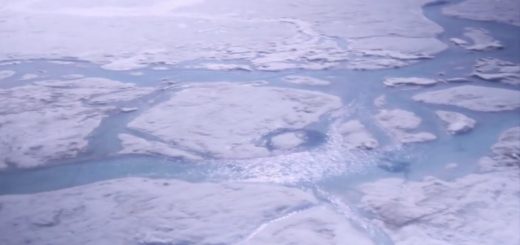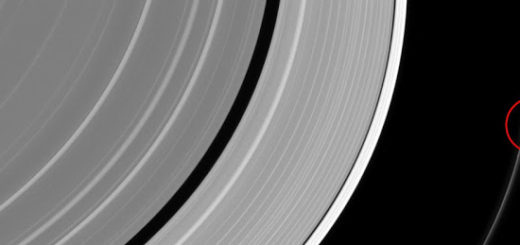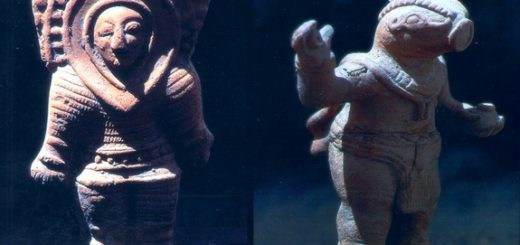The 1973 Sky Lab Incident

This space anomaly was photographed during Sky Lab III on day 263 of 1973 at 16:45 Zulu Time.
Four shots were taken (one is shown here).
The NASA Photo Evaluation Lab lists this object as either an unidentified object or a satellite.
(NASA Photo # SL3-118-2140)
On the 59th day of flight Skylab III’s three-man crew saw and photographed a strange red object.
Not more than 30-50 nautical miles from them, Alan Bean, Owen Garriott, and Jack Lousman reported the object was brighter than any of the planets.
This incident has never been explained.
Radio conversation with Houston four hours after the sighting…
LOUSMA: “Did you tell him about that satellite we saw?
BEAN: Yes, we saw a great satellite. We didn’t know if we told you about it.
LOUSMA: The closest and brightest one we’ve seen.
BEAN: Huge one.
LOUSMA: We’ve seen several. It was a red one.
CAPCOM: No, you may have told somebody, but it wasn’t this team. I don’t remember hearing about it.
LOUSMA: I guess we didn’t report it. It was reflecting in red light and oscillating at, oh, counting it’s period of brightest to dimmest, about ten seconds. It led us into sunset. That was about three revs ago, I think. Something like that, wasn’t it Owen?
(NOTE): Astronaut Owen does NOT respond to this question, and the topic of conversation abruptly changes.
“Skylab III Technical Crew Debriefing” (NASA doc JSC-08478)
GARRIOTT: Do you want to talk about that satellite?
LOUSMA: I saw a couple of satellites that appeared like a satellite would on earth. I saw one that was not like one you would see on earth, so why don’t you mention it?
GARRIOTT: OK. About a week or 10 days before recovery and we were still waiting for information to be supplied to us about the identification. Jack first notices this rather large red star out the wardroom window.
Upon close examination, it was much brighter than Jupiter or any of the other planets. It had a reddish hue to it, even though it was well above the horizon. The light from the Sun was not passing close to the Earth’s limb at the time.
We observed it for about 10 minutes prior to sunset. It was slowly rotating because it had a variation in brightness with a 10-seconds period.
As I was saying, we observed it for about 10 minutes, until we went into darkness, and it also followed us into darkness about 5-seconds later.
From the 5 to 10 second delay in it’s disappearance we surmised that it was not more than 30 to 50 nautical miles [35 to 58 statute miles or 56 to 93 km] from our location. From its original position in the wardroom window, it did not move more than 10 or 20 degrees over the 10 minutes or so that we watched it. Its orbit was very close to that of our own.
We never saw it on any earlier or succeeding orbits and we’d be quite interested in having its identification established.”
Page 49 of the “SkyLab III Photographic Index and Scene Identification” document identifies this object as being a “Satellite – unmanned”.
See Skylab PDF file
Analysis of the Photos of an Unidentified Object Observed by the Astronauts of Skylab lll by Bruce Maccabee and Brad Sparks



 Creators of mankind
Creators of mankind Description of “Tall white aliens”
Description of “Tall white aliens” Where they came from?
Where they came from? About hostile civilizations
About hostile civilizations The war for the Earth
The war for the Earth “Tall white aliens” about eternal life
“Tall white aliens” about eternal life Video: “Nordic aliens”
Video: “Nordic aliens” Aliens
Aliens Alien encounters
Alien encounters The aliens base
The aliens base UFO
UFO Technology UFO
Technology UFO Underground civilization
Underground civilization Ancient alien artifacts
Ancient alien artifacts Military and UFO
Military and UFO Mysteries and hypotheses
Mysteries and hypotheses Scientific facts
Scientific facts


















